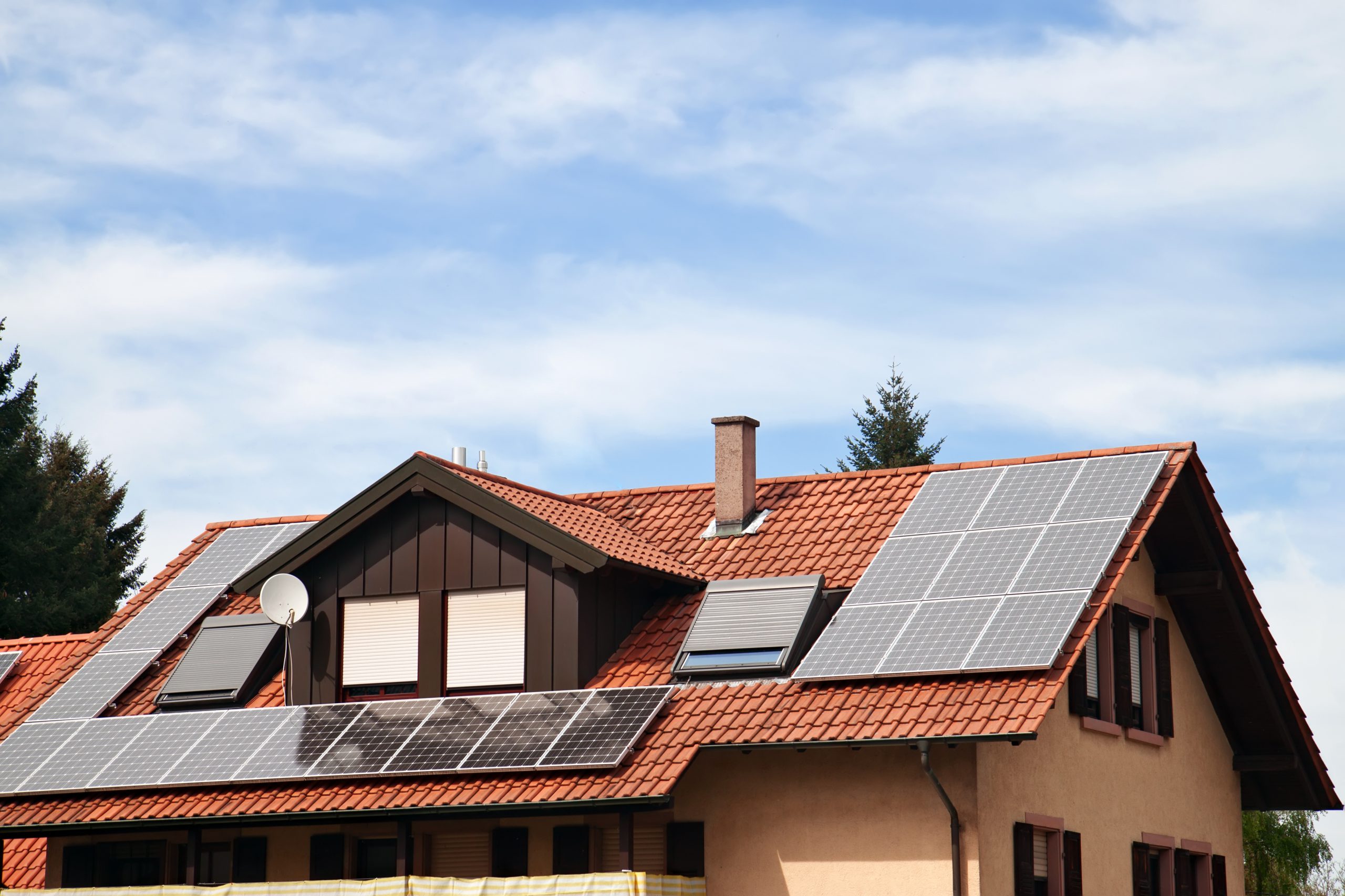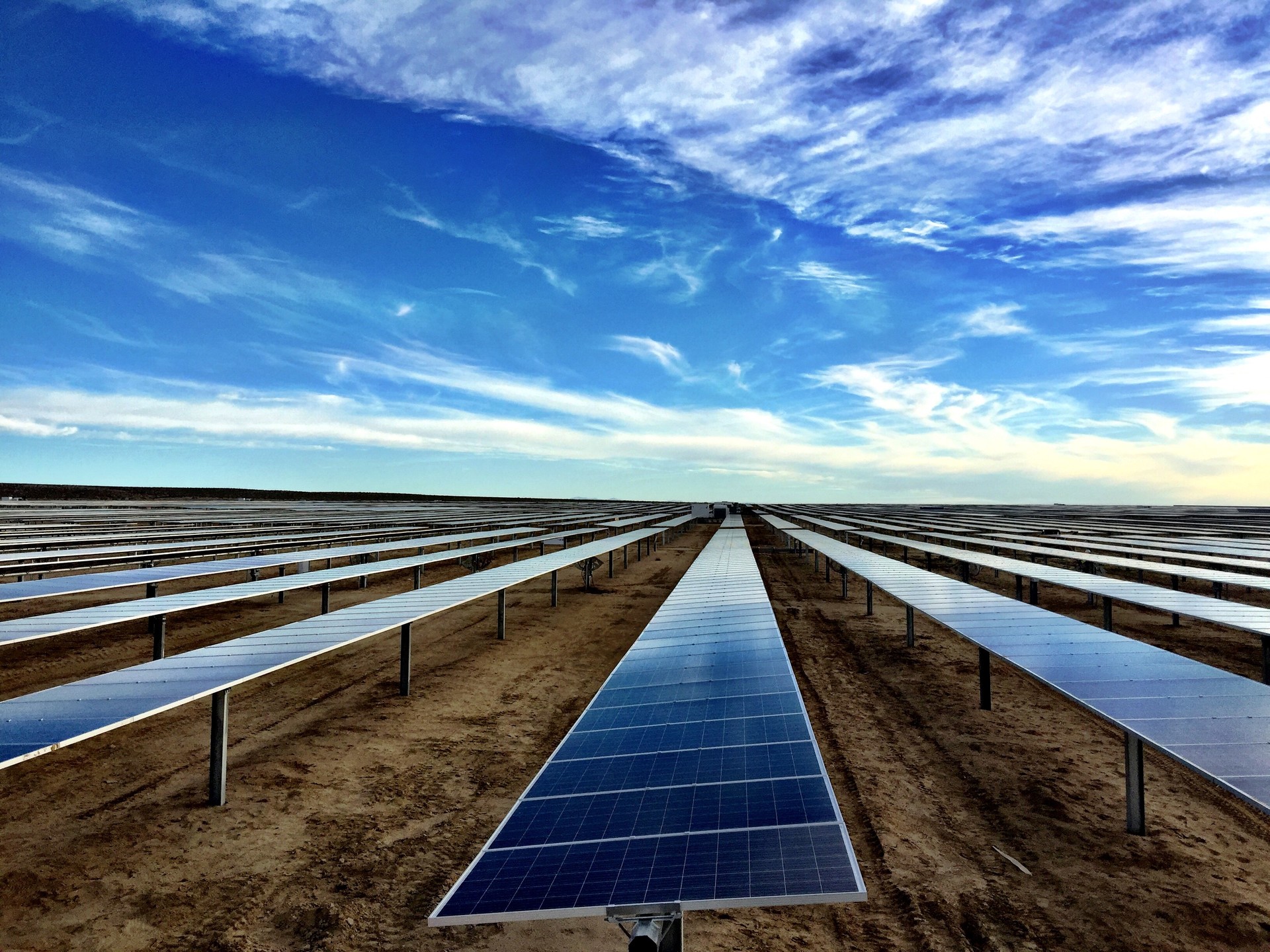About Solar Tax Policy
The U.S. has a long history of supporting energy infrastructure through the U.S. tax code. The market certainty provided by the long-term solar investment tax credit (ITC) has supported private investment in manufacturing and project construction, a vital part in meeting our nation’s energy policy goals, and driving cost-cutting innovation and job growth. In addition, new credits enacted as part of the Inflation Reduction Act (IRA) in 2022 further incentivize the development of solar projects that pay prevailing wages and employ apprentices; use domestically-made steel and manufactured products; are located in geographic areas that previously relied on fossil fuel infrastructure and jobs; and that are located in or serve low-income areas.
The IRA also added other policy innovations to the tax code, including making the production tax credit (PTC) available for solar; allowing taxpayers to sell clean energy credits; permitting certain entities like non-profits and governments to receive cash instead of credits; credits for interconnection costs; and new production and investment tax credits for solar manufacturing.
Solar Investment Tax Credit (ITC)
The solar Investment Tax Credit (ITC) is one of the most important federal policy mechanisms to support the growth of solar energy in the United States. Since the ITC was enacted in 2006, the U.S. solar industry has grown by more than 10,000%. In 2022, SEIA successfully advocated for the passage of the IRA, including at least a decade-long extension of the credit, which has provided critical stability for businesses and investors.
Read More ->
Quick Facts about the Solar ITC
- The commercial ITC is a base 6 percent tax credit for third-party-owned or other commercial properties that are 1 MW or larger under Section 48 and, beginning in 2025, Section 48E.
- The base 6 percent credit increases to 30 percent if the project is built by workers paid prevailing wages and by qualified apprentices
- For commercial systems under 1 MW, including a third-party-owned system installed on a residence that a homeowner may lease, the base tax credit is 30 percent.
- Three additional bonus credits are potentially available:
- Domestic content (additional 10 percent): the project is built with 100 percent U.S.-made structural steel and iron, and at least 40 percent U.S.-made manufactured products like modules and inverters
- Energy communities (additional 10 percent): the project is located in or adjacent to a census tract with a closed coal mine or coal-fired power station; in a statistical area with average or above average unemployment and certain levels of historical fossil fuel-related employment; or on a brownfield site
- Low-income communities: the project is located in a low-income area, on Indian lands (additional 10 percent), on low-income multifamily housing, or provides at least 50% of the project’s economic benefits to low-income households (additional 20 percent). Unlike the other bonus credits, the low-income communities bonus credit must be applied for and awarded by the Departments of Energy and Treasury, and is capped at 1.8 GW/year.
- The residential ITC is a 30 percent tax credit for homeowner-owned solar systems on residential properties under Section 25D.
- Bonus credits are not available for residential ITC projects under Section 25D.
- The residential and commercial solar ITC has helped the U.S. solar industry grow by a factor of more than
- Congress passed a long-term extension of the ITC in 2022 as part of the landmark Inflation Reduction Act, which also includes many other tax provisions and policies that support long-term solar growth.
get involved
Tax and Accounting Committee
SEIA's Tax & Accounting Committee discusses pressing tax issues on Capitol Hill and in the Administration. The group is comprised of leading tax attorneys and consultants in the country as well as our member companies’ tax experts.
Read More ->

